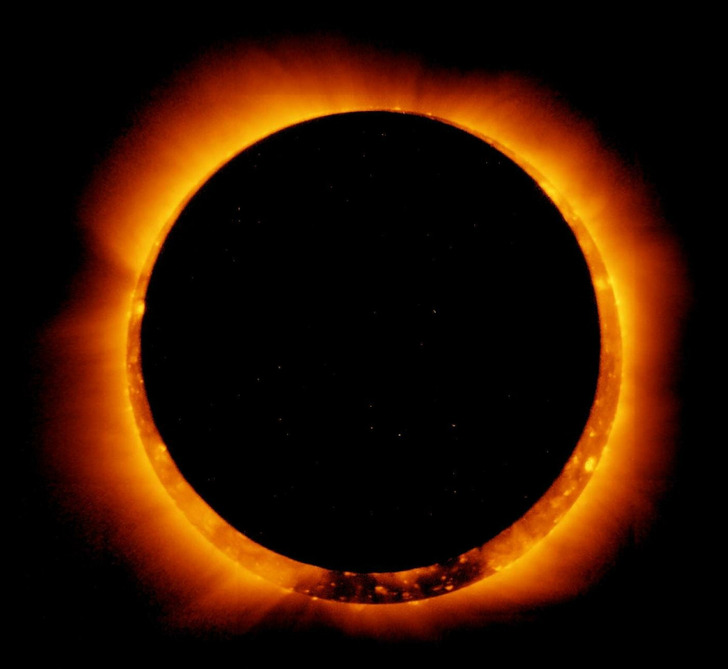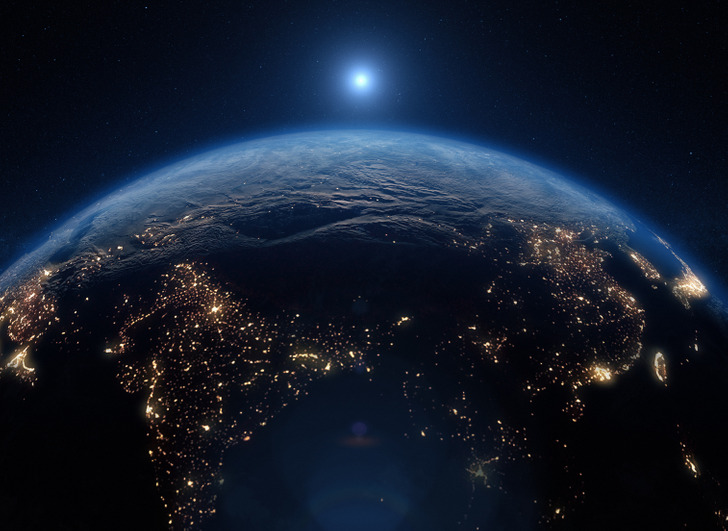10+ Emotional Photos That Will Touch Every String in Your Soul

Nature delights us with a lot of extraordinary events. We’ve been used to some of them for a long time, which is why meteor showers and eclipses are no longer perceived as anything out of the ordinary. But there are absolutely amazing phenomena that happen so rarely, we can only see them literally once in our lifetime.
This is a compilation of the most unusual and rare natural phenomena that we will get to see in this century. Mark your calendars, skywatchers.

The ring of fire is an annular solar eclipse that happens when the moon passes between the sun and Earth, but the moon is too far from Earth to completely block it. That’s why the moon appears smaller than the sun and doesn’t completely cover it. Nearly all of North America will be able to see a partial solar eclipse.
Our universe is full of asteroids, from small pebbles to mountain-like giant boulders, and most of them come dangerously close to Earth. Apophis is one of them. After its discovery in 2004, the asteroid had been identified as a potentially hazardous asteroid that could impact Earth thanks to its large size. The asteroid has a diameter of about 1,210 feet, which is slightly higher than the Eiffel Tower.
On April 13, 2029, the asteroid will be just a few steps away from our planet’s surface, less than 20,000 miles (32,000 kilometers) — closer than the distance of geosynchronous satellites. During that close approach, Apophis will be visible to everyone on the ground in the Eastern Hemisphere without the help of a telescope or binoculars.
But if you miss it for some reason, don’t worry, in 2068, Apophis will return and fly near Earth again.
A lunar eclipse occurs when the moon is completely in Earth’s shadow. On June 26, 2029, according to scientists, we will see one of the darkest eclipses in the last hundred years. The event will last approximately 1 hour and 42 minutes.
Sometimes when this happens, the moon seems bright red and it can look scary — this phenomenon became known as a “Blood Moon.” But don’t worry, if you see this, it’s simply because the red rays are penetrating our atmosphere more easily. The event will be best seen in South America, so you can book your flight now.
The parade of the planets is a rare event when all the planets in our solar system line up. In 2040, according to NASA, we will be able to see with the unaided eye a grouping that includes Mercury, Venus, Mars, Jupiter, Saturn, and the moon.
The moon’s orbit around Earth is egg-shaped, not exactly round. So there are 2 points when the planet is closer or farther from us during this cycle. And because the size of the moon’s orbit varies slightly over time, each month’s closest point is not always the same distance from Earth.
The supermoon is when the full moon is especially close to us. The phenomenon got this name because, at these moments, the moon seems very big and up to 30% brighter than usual. In 2052, it will be the closest and brightest supermoon of this century. Our beloved satellite will be as much as 17,000 miles closer to us than usual. Well, that’s going to be hard to miss!

The North Star has been famous for being a sailor’s first compass for centuries, helping to indicate where the north is. But, ironically, the star doesn’t match exactly with the north.
Our planet doesn’t have a fixed axis, as Earth moves in space with time, rotating like a giant floater. So the North Star doesn’t lie exactly on Earth’s rotation axis, it actually arcs through the sky every night. The arc is just so small that humans can’t see it.
However, on March 24, 2100, the Polar Star will finally appear above the true north of our planet. After that, it will begin to gradually move away again and will return there only after 26,000 years. So this is truly a rare event.











